I am working with a retweets networks using igraph. My network is directed, meaning that it connects people that retweets from other users.
My format is an edgelist where arrows follow from the retweeter to the retweeted user and there are no connections among retweeters (that is, all retweeters have 0 inner degree as they don't retweet each other).
I would like to connect retweeters by common friends and simplify the network. To do so, I want to connect users by common retweeted users:
Consider the following repex:
edgelist <- read.table(text = "
A C
B C
D C")
g <- graph.data.frame(edgelist, directed = T)
In this case nodes A,B and E are retweeting from node C so I would like to connect all of them the following way:

Ideally, I would also have weights by the number of times they retweet from a user that I would like to incorporate to the final network but this might be another different question to tackle.
I have tried the following function and it does work in small toy networks but when I try it in mine (thousands of edges) it collapses:
connect_friends<-function(edgelist){
g <- graph.data.frame(edgelist, directed = T)
g <- delete_vertices( g,
(!V(g) %in% c(V(g)[[degree(g, mode = "in")>=2]])) &
(!V(g) %in% c(V(g)[[degree(g, mode = "in")==0]])))
el <- as.data.frame(get.edgelist(g))
ids <- unique(c(el$V1, el$V2))
y <- lapply(ids, function(id) {
x <- el[which(el$V1 == id | el$V2 == id),]
alt_nodes <- setdiff(unique(c(x$V1, x$V2)), id)
})
if(length(y)==0) {
stop("No common friends found")
}
ne2=NULL
ne=NULL
for (i in 1:length(y)) {
new_edge <- y[[i]]
if (length(new_edge)>=2){
ne <- t(combn(new_edge,2))
}
ne2 <- rbind(ne,ne2)
}
g2 <<- graph.data.frame(ne2, directed = F)
}
Is there a more efficient way of doing it?
Thanks a lot in advance!

